In this 66th episode of Decode Quantum, I am welcoming Tommaso Calarco from Forschungszentrum Jülich in Germany. It is the second episode of Decode Quantum in English after the one with Simone Severini from AWS, published in May 2023. As usual, it is also available on Frenchweb.
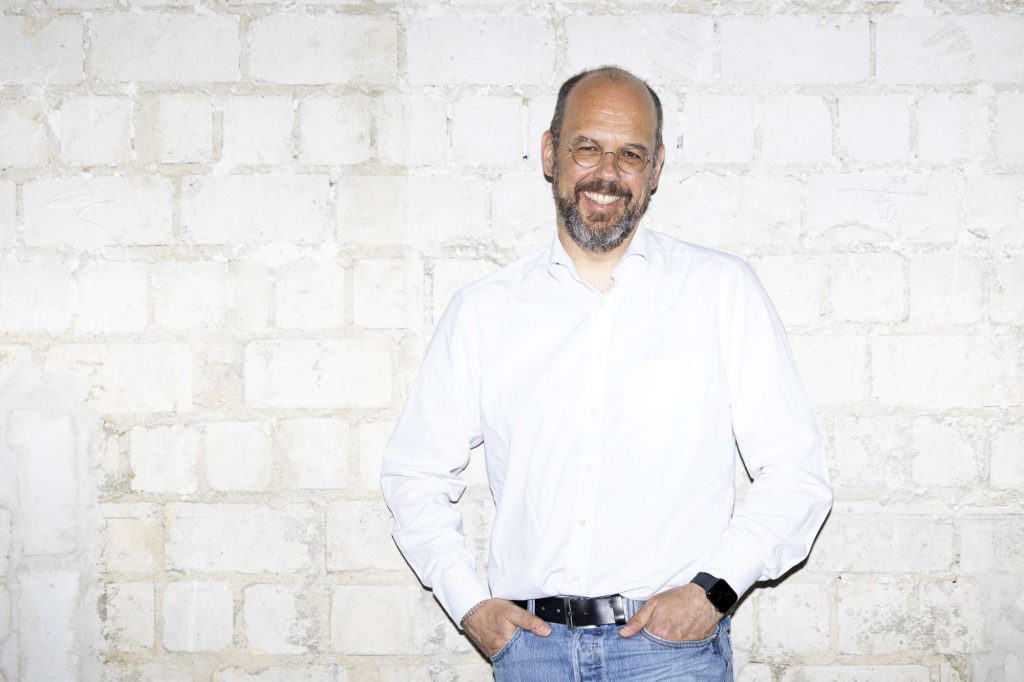
Tommaso Calarco is a true European for many respects. Italian born, he made his studies in Italy, first with a master’s in music. He then switched to science with a master’s in physics from the University of Padua and a PhD at the University of Ferrara. He then worked in many places: the University of Innsbruck and ECT Trento for two post-docs, then NIST and Harvard in the USA, the University of Ulm, the University of Cologne in Germany, the University of Bologna in Italy, and at last in Julich. He was also the Editor-in-Chief of European Physics Journal D. As a lead researcher in the Jülich research center, he is specialized in quantum control, applied to various quantum objects: cold atoms, ions, superconductors and even NV centers. He is also well known for being the main author and coordinator of the European Quantum Manifesto which led to the 1B€ European Quantum Flagship launched in 2018. He leads the Quantum Community Network of European researchers in quantum physics, which helps define the Strategic Research Agenda of the EU.
Discussion highlights
How did he land in quantum science, particularly coming from your bachelor in music, which is quite uncommon? He was interested in physics as well as in art because of his fascination for fundamental things. He wanted first to look at quantum physics foundations. He was first involved in an interdisciplinary research laboratory in Trieste working on the link between science and art and was first introduced to quantum foundation aspects.
What was his thesis title and topic? He worked on temporal Bell inequalities, in order to test some realism hypothesis. The designed experiment was not possible to implement. He still did show what was possible. It was some pure quantum foundation work. The title was Are violations to temporal Bell inequalities there when somebody looks? by Tommaso Calarco, August 1999 (7 pages). Back then, he published other papers on quantum measurement like Impulsive quantum measurements: restricted path integral versus von Neumann collapse, 1996 (12 pages) and Quantum gates with neutral atoms: Controlling collisional interactions in time dependent traps, 1999 (10 pages), with Peter Zoller, Ignacio Cirac. He then wanted to transition from (quantum) philosophy to applications.
What is the role of “quantum control”, his current specialty? It is about playing with building Lego blocks of quantum devices, manipulate them at the individual quantum level and a way to look at the bigger structure to look at errors, particularly those that are invalidating quantum processes. It deals with the challenge of (quantum computing) scalability. The dirtiest of places sits at the quantum level where we need to control precisely individual quantum objects and do it with oversized boxing gloves on a tractor trailer running at 200 miles per hours. We use various knobs to control the intensity of lasers or microwave and electric fields pulses and profile their parameters. Quantum control methods borrow from engineering science developed for space flights and other domains. It is about looking at quantum dynamics using various tools, including some that are machine learning-based.
Quantum control is also about understanding the noise budget that is starting to be better considered. What comes from here and there. Some companies like Google do this sort of analysis but don’t publish their work. It requires high precision metrology, searching about quantum speed limits, at ways to speed upoperations without damaging qubit fidelities, understanding fundamental quantum limits. Also, errors are not additive in simple ways ans error sources change with time, needing frequent recalibration.
What is common between the various types of qubits? Their controls are different. Cold atoms are all the same when each individual superconducting qubit are different from the other. We need to be able to reproduce and predict quantum system behaviors.
His current role as a researcher at Forschungszentrum Jülich. He has been working for 5 years at Julich. There, he can work on the full stack with theorists, on hardware (solid state qubits), with Rami Barends from Google who is now working there, with the nanofabrication center, on error correction, with software teams and applications from the Peter Grünberg Institute and at last with the Jülich Supercomputing Center, which contains the Jülich UNified Infrastructure for Quantum computing (JUNIQ), which ordered a Pasqal simulator as part of the HPCQS project funded by EuroHPC JU and also has a D-Wave Advantage annealer.
Background: Jülich is a national research center with 6800 people. It covers energy, information, and bioeconomy. Hydrogen and quantum technologies are among its priority research domains. It has 6 labs working in the quantum domain. The JARA Institute for Quantum Information (QI) is run jointly with RWTH Aachen, which includes David DiVincenzo. Julich is an equivalent of CNRS+CEA. In Germany, Max Planck Institute is doing fundamental research, Helmholtz national research labs including Julich are in between and Fraunhofer Institutes are closer to the industry. Their fab is closer to the one of CEA-Leti and is considered as being an RTO (research and technology organization).
He can work on this and with assuming his role at the EU level thanks to having a large and strong team with logistics support. He hired two professors in his team.
How about his European quantum journey? The starting point was one afternoon in 2004 in Innsbruck when he was doing some research, coming back from NIST. He was invited to participate to some meeting with interesting people (like Rainer Blatt) on starting some coordination project. He said “yes” without knowing what to do. He started with reading all abstracts on quantum information and distilling some sort of general scheme of areas. It was the basis of the first strategic report for building a European quantum roadmap.
See The European Quantum Technologies Roadmap by Antonio Acín, Immanuel Bloch, Harry Buhrman, Tommaso Calarco, Christopher Eichler, Jens Eisert, Daniel Esteve, Nicolas Gisin, Steffen J. Glaser, Fedor Jelezko, Stefan Kuhr, Maciej Lewenstein, Max F. Riedel, Piet O. Schmidt, Rob Thew, Andreas Wallraff, Ian Walmsley, and Frank K. Wilhelm, December 2017 (30 pages).
There were lots of connections within the EU and it was possible to gather the whole community. The roadmap then got the input from the Commission. It led to the creation of the Quantum Manifesto.
There were two existing flagships, one on graphene and one on the human brain project and they had had some bumps along the road. The first coordinator of the HBP was too ambitious, willing to reproduce the brain with no realistic expectations. He learned from this lesson and avoided saying that quantum computers will solve all problems including climate change. He convened a meeting of the advisor board (with Serge Haroche and Alain Aspect among others). Scientists were willing to avoid making overpromises and to protect scientific credibility. So, he sticked to what was in the research agenda. Then, some discussions started on the form of the EU project. At the EU commission, there was some willingness to create a large consortium handling the funding distribution. He didn’t want this and fought for about one year against it. He preferred to launch competitive calls with a scientific evaluation. The EU Commission finally agreed to have several projects.
What is the EU quantum technologies support global framework? The European Quantum Flagship supports the research part of the EU agenda and is under Horizon Europe. It is still related to calls. Then the infrastructure aspects of Digital Europe are covering the EuroHPC Joint Undertaking (with supercomputing resources and procurement of quantum hardware used a coprocessors) and EuroQCI (for quantum communications, inside and across member states). The EIC Council is also part of Horizon Europe, supporting startups development. The EIC Pathfinder replaces the previous FET Open that was running before the European Quantum Flagship. A large cap startup funding EU program is in the making.
One new goal is to consolidate and coordinate the various EU member states national quantum initiatives and avoid fragmentation. This the idea of the quantum pact that was announced by Thierry Breton and is the process of being signed by about 20 countries.
We also discuss the total EU investment at the EU and member state level, which is the first in the world, above the USA and China. On top of that, the EU has the highest growing startup ecosystem. We mention the fake numbers on China ($10B to $25B public investment when the reality is probably below $5B) and why it is widely shared. The lack of accuracy of many participants to the echo chamber. This is the famous Brandolini law.
How about the governance of the EU flagship? They never have a vote but rather discuss all plans until an agreement is reached and all objections are properly handled. This is an acceptable method for everybody. This is a culture of compromise. Many key experts are coauthoring key papers. There are various circles of coordinators. One circle with one person per member state with government connectivity. Then a circle with experts and academia. The Strategic Advisory Board is the top circle.
How were industry vendors embedded in the European roadmap? Tommaso spurred the creation of the QUIC consortium which builds the Strategic Industry Roadmap. It gathers companies big and small both in the supply and demand sides. This is the voice of the European industry, a sort of counterpart of the QED-C in the USA. But it is different since it has no participation of public bodies.
We discuss about the potential industry consolidation in quantum technologies. This is part of the discussion in the recent quantum declaration. First, with getting public investments to support scale-ups which can fund consolidation. There is no need to build some Airbus or Manhattan project. There are not the only ways to scale. It is too early to tell and pick a technology.
His dream in 5 to 10 years? In 10 years, his dream is we have these technologies used by people. Quantum cryptography in standard backbone transparent to users. Quantum computing won’t be available to consumers but industry use cases with value are expected. Sensing will also show up with new deployments. The Quantum Internet is beyond.
What to say to young generations? A sentence written in Rabelais’s book on Pantagruel: “Do What Thou Wilt“. Do not look at what people say. Follow what you find stimulating.
![]()
![]()
![]()
Reçevez par email les alertes de parution de nouveaux articles :
![]()
![]()
![]()


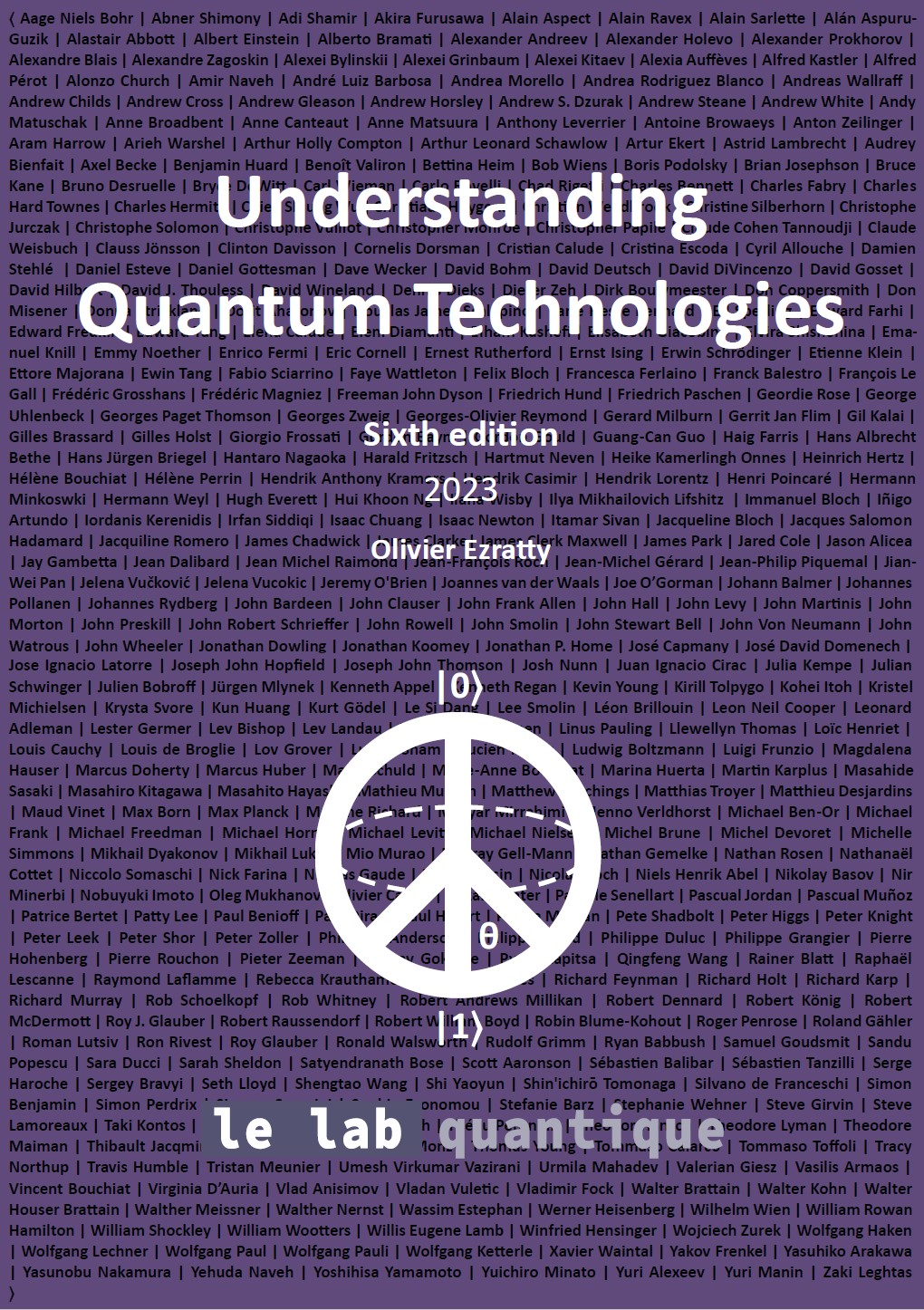
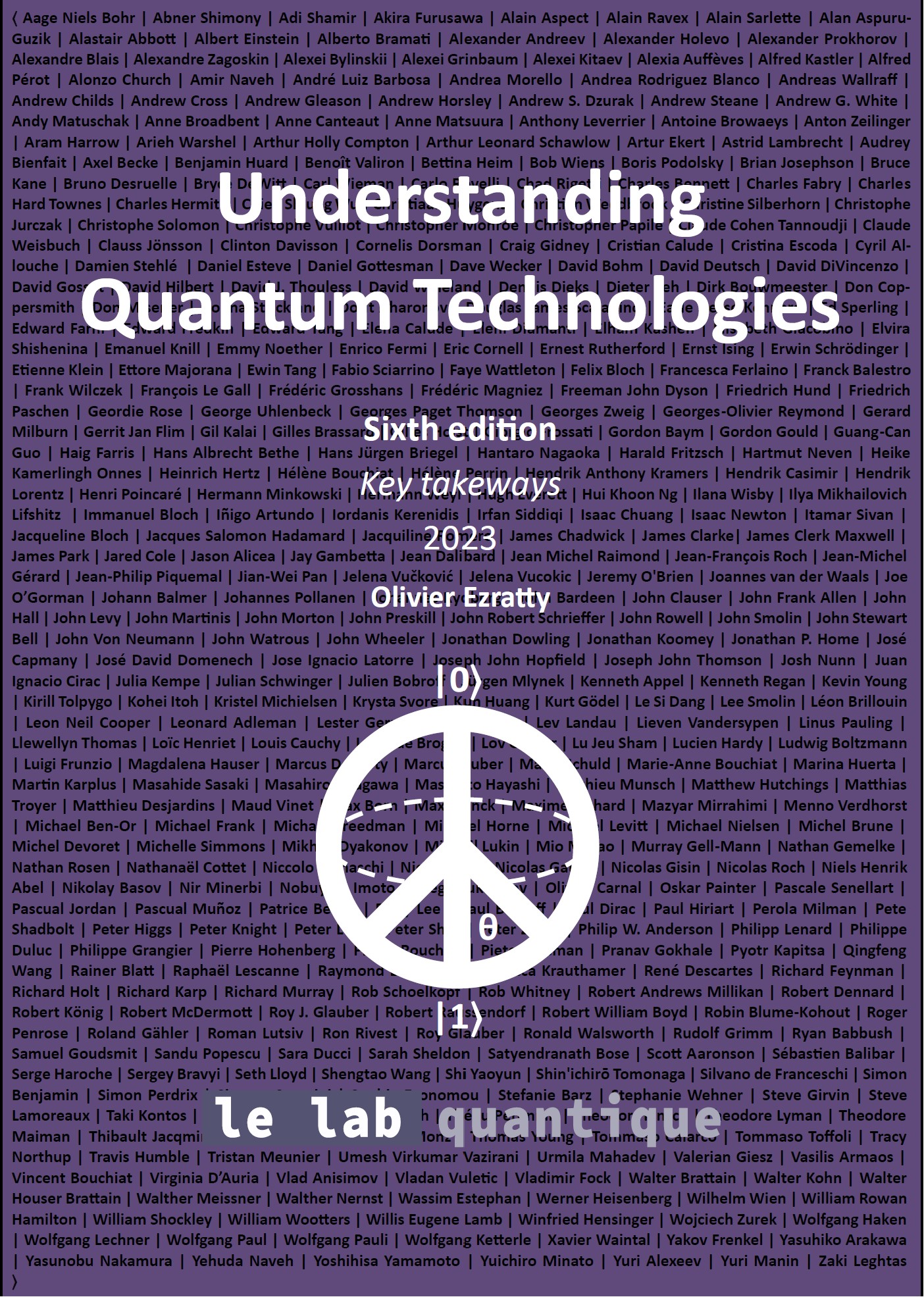
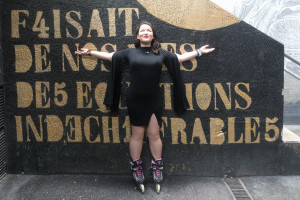
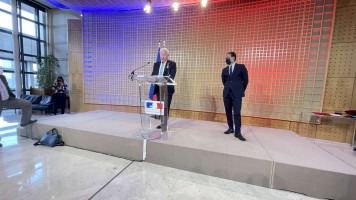
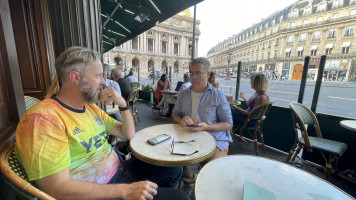
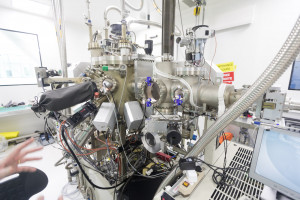
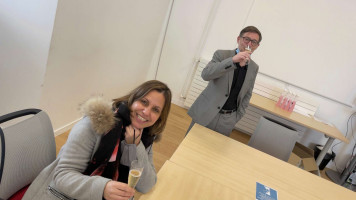
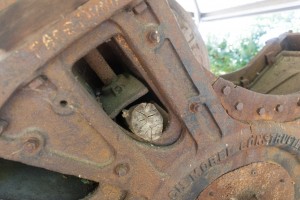
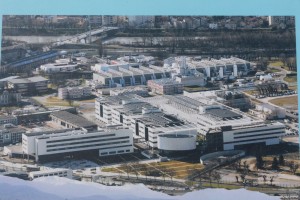

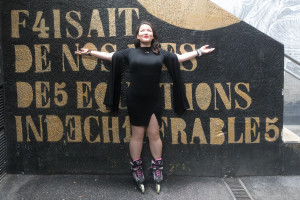
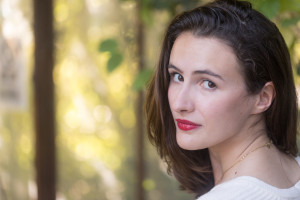
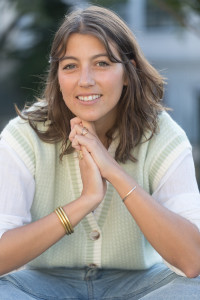
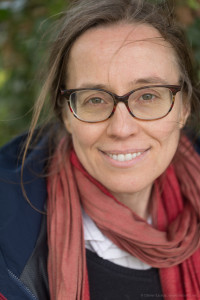
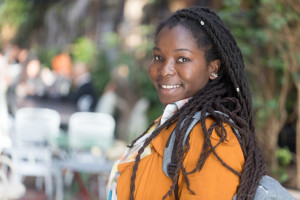
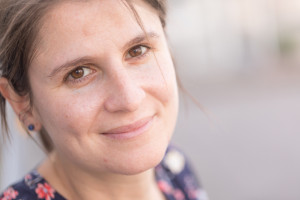
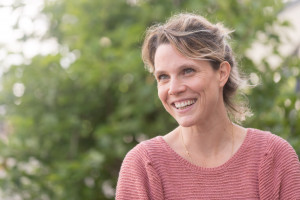
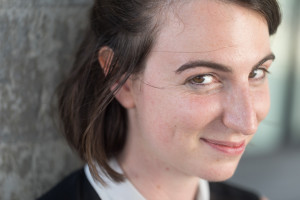
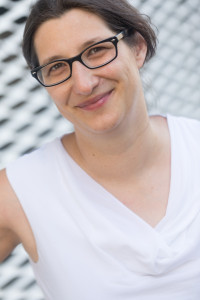
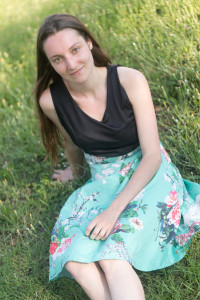
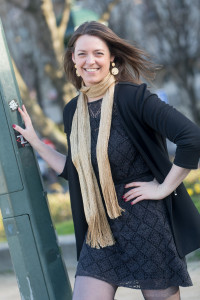
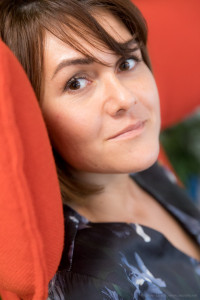
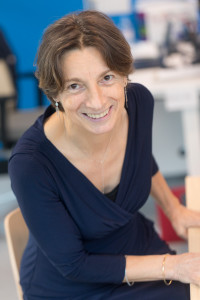
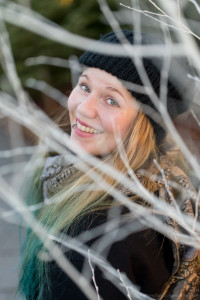
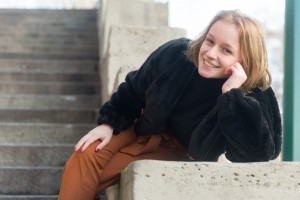
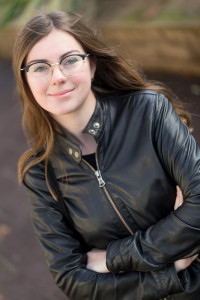
 Articles
Articles